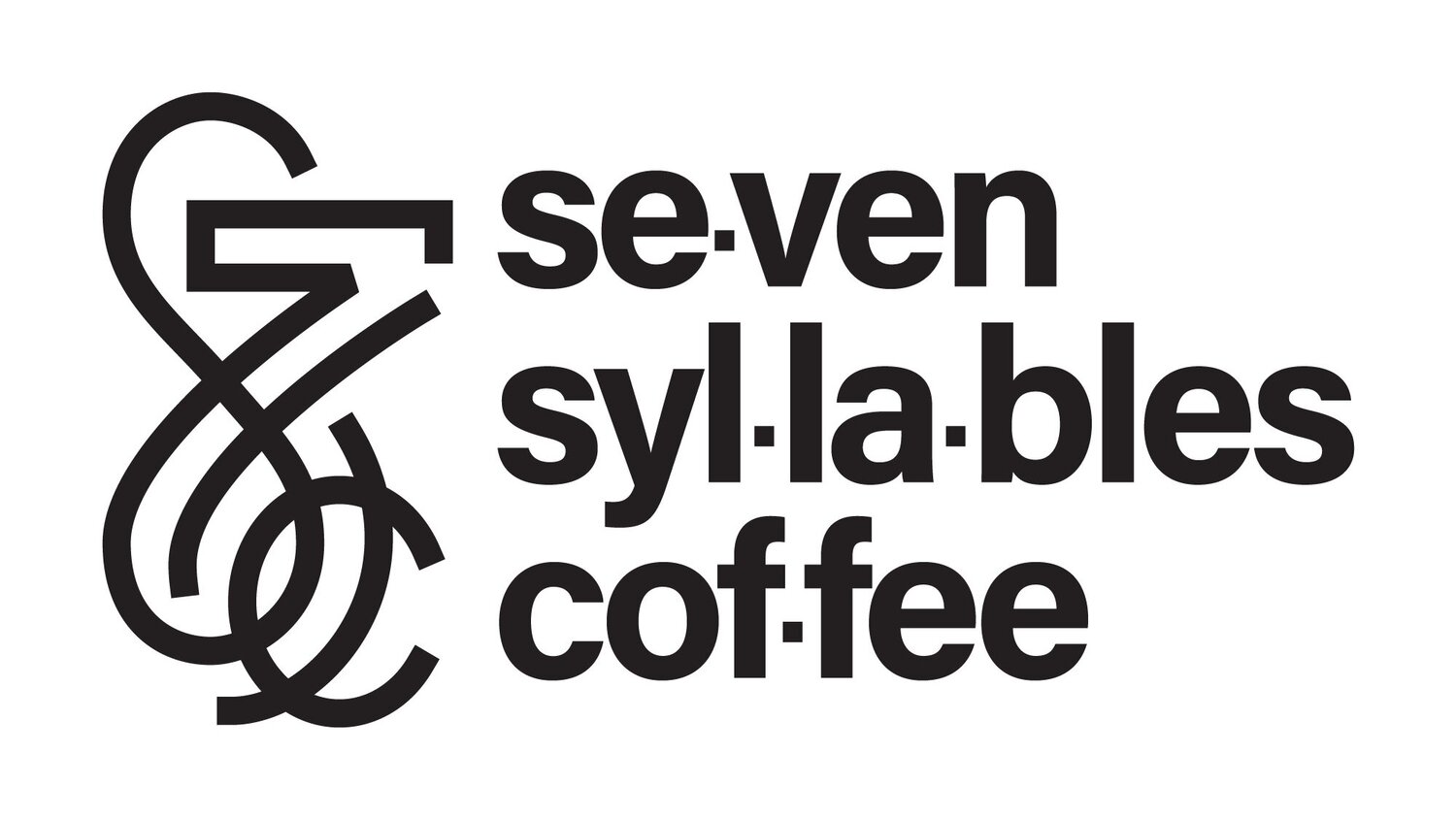Tasting notes for the culture
Our latest offering comes from the Cusco reigion of Peru. On the cupping table, we taste date syrup, chocolate, and bayabas. Wait…bayabas? WTF is that? In tagalog, bayabas means guava. I had always referred to the tree in my backyard as a bayabas tree, and never thought twice about other names for the fruit. It wasn’t until much later that I realized that it was a tagalog word.
Tasting notes have always been a point of contention between baristas and consumers. I remember as a consumer buying a bag of coffee labeled “chocolate raspberry” thinking it’d be chocolatey and sweet, only to find it was just a dark roasted coffee with oils that slightly smelled like expired halloween candy. It tasted even worse.
This is partly why I feel people misunderstand the tasting notes written on the labels of todays specialty coffee bags. The era of Hawaiian Hazelnut and Chocolate Raspberry flavored coffee is over, but these new tasting notes are rarely explained by the barista or cashier.
In short, coffee naturally contains over 1,000 organic compounds that can contribute to the flavor of a coffee. When we evaluate a coffee, we consider things like acidity, body, and sweetness. The buildup of some of these organic compounds leads to natural flavors that can remind us of different foods, and depending on our culture and experience can mean many different things.
Which leads me to the point of this post - using tasting notes from our personal databank of food is important to expanding the way we describe coffee. Let me explain:
Our taste buds are an incredible part of our anatomy. They’re capable of remembering thousands of different foods, sometimes so powerfully that even the description of a vibrant, freshly picked cara cara orange can invoke the memory of how it tastes and smells without having to hold one in your hands.
So when we taste coffee, evaluating the flavor intentionally can lead to subtle flavors that bring forth memories of past meals. For me, when I tasted our Peru for the first time, I first noticed the sweetness was intense, like medjool dates. This was followed by an acidity that reminded me of the fragrant, floral, tropical fruit that fell to the dirt in my mom’s backyard.
And while much of the world would call it guava, I’ve chosen to use a word from the filipino culture in hopes that it would spark interest, and encourage more people to use tasting notes that carry meaning for them. Yes, I realize that it may not be well received by everyone, but if it piques interest in our heritage, then we’ve truly connected people to our culture, for the culture.
In a future post, we’ll dive deeper into how to taste coffee, and evaluate things like acidity, body, sweetness, finish, and defects or negative flavors.
